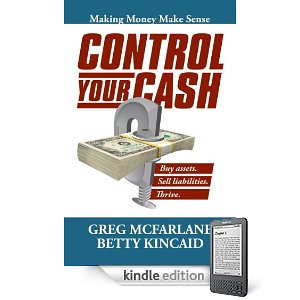You don’t have a Kindle?
You don’t know what you’re missing. There are few conveniences as great as being able to carry your entire library around in a device that weighs half a pound. With the Kindle you can make notes without having to dog-ear any pages, nor use a highlighter while hoping it doesn’t bleed into the other side of the page.
The Kindle doesn’t have a backlight, so one battery charge lasts weeks. The screen has a matte finish, not a shiny one, so you can read in direct sunlight with zero glare. Unlike an iPad, the Kindle is a dedicated reading device with no internal distractions. It’s hard to get through a book when you’re always one screen gesture away from checking your email, visiting ESPN.com, shopping for music or playing Angry Birds.
The most common objection to getting a Kindle is “I guess I’m old-fashioned. I love the feel of turning the pages”, which is like saying “I don’t want to drive a car, I’m happy shoveling after a horse.”
The Kindle comes in two sizes. The small one (simply called “Kindle”) has a 3.6” x 4.8” screen, the big one (“Kindle DX”) goes 5.8” x 7.8”. We prefer the DX, but it costs a lot more than its $139 counterpart. If you do get the DX, a note of caution: Amazon recently upgraded it. The new version ($379) comes in graphite only, while every previous Kindle model was white. When the graphite one came out, Amazon had to cut the prices on the old white ones. Get an old white one if you can find one (Amazon itself and eBay are your best bets), and you’ll save around $75. The graphite one is supposed to have better screen contrast and weigh less, but we couldn’t perceive the differences while holding them right next to each other. The authors even tested each other – close your eyes, hold this model, now the other one – and couldn’t tell the models apart.


